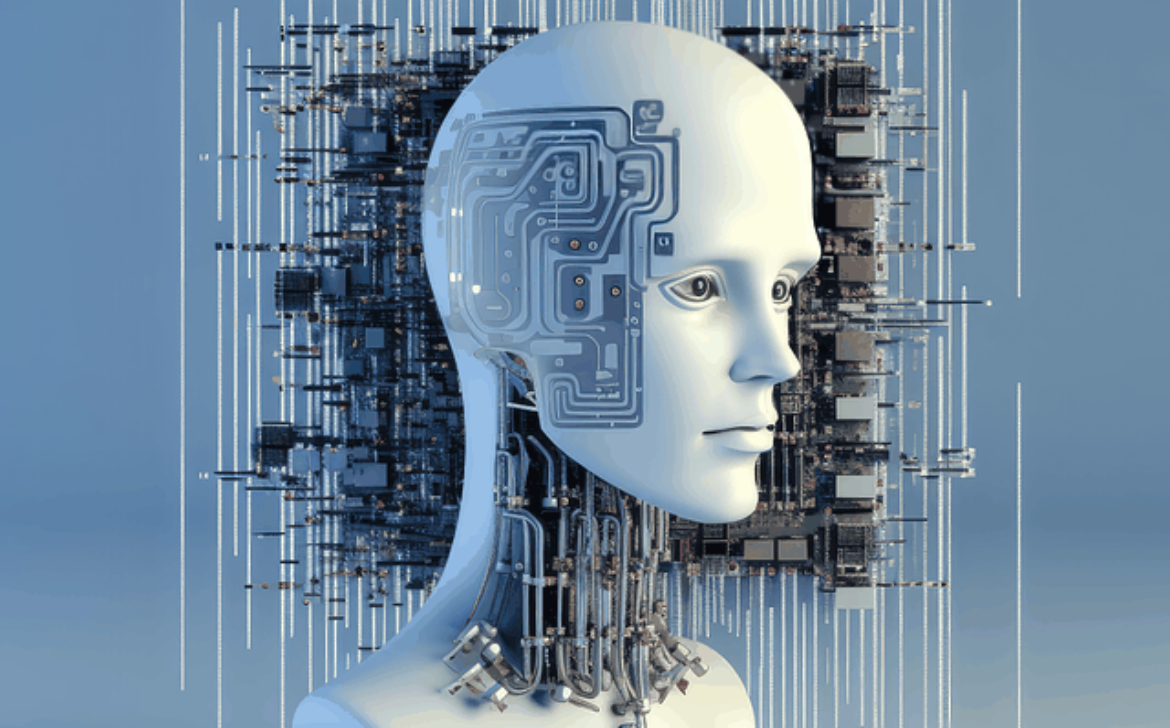Multi-Objective Models: Achieving Efficiency, Sustainability, and Excellence Simultaneously


In today’s data-driven world, businesses and organizations often face complex challenges that involve optimizing multiple objectives. From minimizing costs to maximizing efficiency and sustainability, finding solutions that balance these diverse goals can be a daunting task. Multi-Objective Models offer a compelling solution. Let’s explore the concept, applications, and benefits of these versatile AI models.
Understanding Multi-Objective Models
Multi-Objective Models are algorithms designed to handle problems with more than one objective function. Instead of seeking a single optimal solution, they aim to generate a set of solutions that represent trade-offs between various objectives. This allows decision-makers to explore different scenarios and make informed choices.
Efficiency and Cost Savings
In business and logistics, Multi-Objective Models are instrumental in optimizing supply chains, transportation, and resource allocation. They help organizations minimize costs while improving operational efficiency, ensuring that goods and services are delivered promptly and cost-effectively.
Sustainability and Environmental Impact
Addressing sustainability goals is a growing priority. Multi-Objective Models enable organizations to design eco-friendly processes and products by considering environmental impacts alongside economic objectives. From renewable energy planning to waste reduction, these models support sustainable decision-making.
Excellence and Performance
In engineering and design, Multi-Objective Models enhance product performance and quality. They assist in optimizing designs to meet multiple criteria, ensuring that products are not only functional but excel in terms of durability, safety, and user satisfaction.
Applications Across Industries
Multi-Objective Models have applications in diverse industries, including finance, healthcare, urban planning, and manufacturing. They empower decision-makers to make informed choices that balance multiple objectives, ultimately leading to more efficient and sustainable outcomes.
Challenges and Advanced Techniques
While Multi-Objective Models offer tremendous potential, they come with challenges related to computational complexity and solution interpretation. Advanced techniques like Pareto optimization and evolutionary algorithms are employed to overcome these challenges, making them increasingly accessible and effective.
The Future of Multi-Objective Models
As organizations strive to balance competing objectives, the demand for Multi-Objective Models is expected to grow. With ongoing advancements in AI and optimization techniques, these models will play a pivotal role in addressing complex real-world problems, shaping a future that is both efficient and sustainable.






